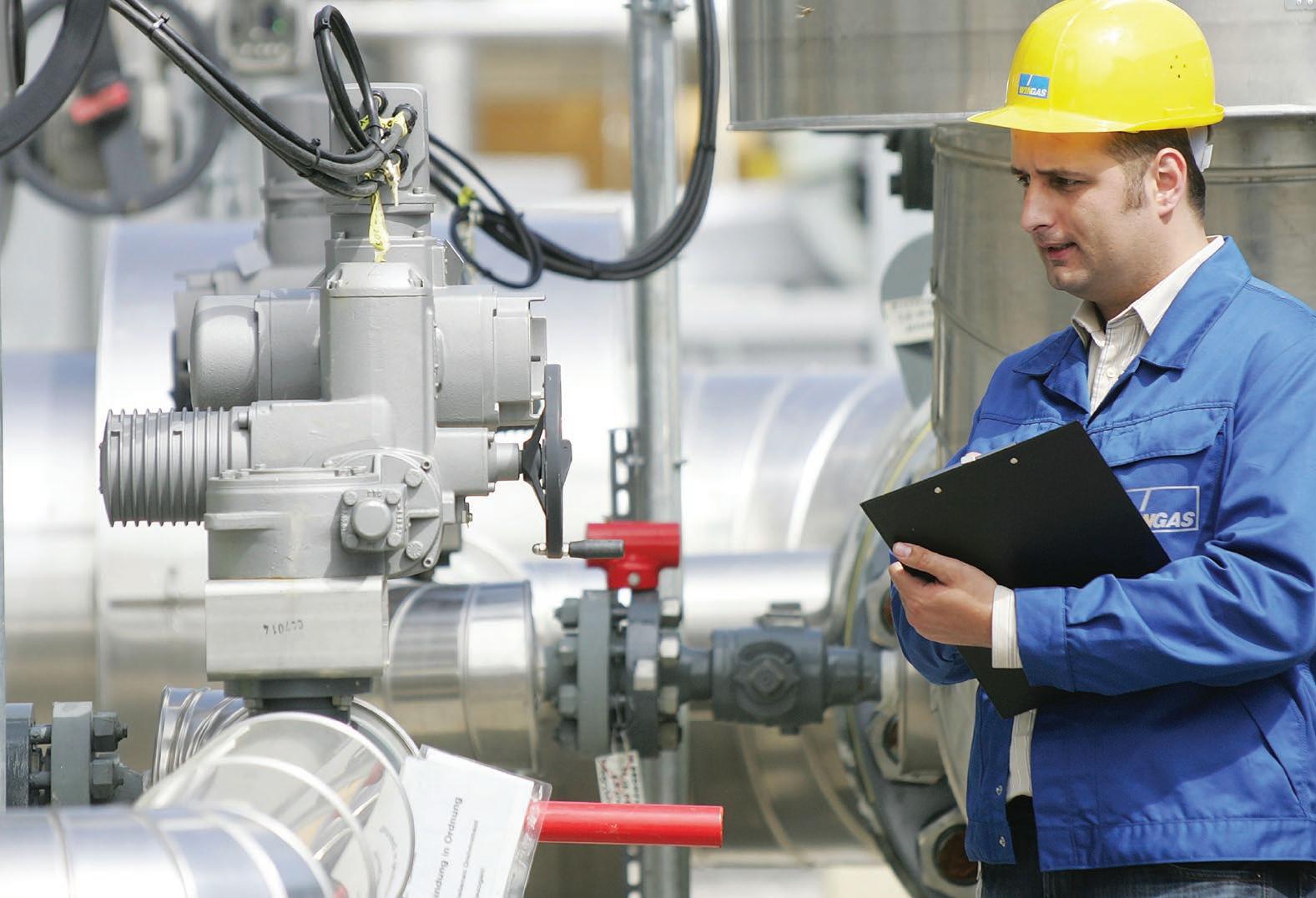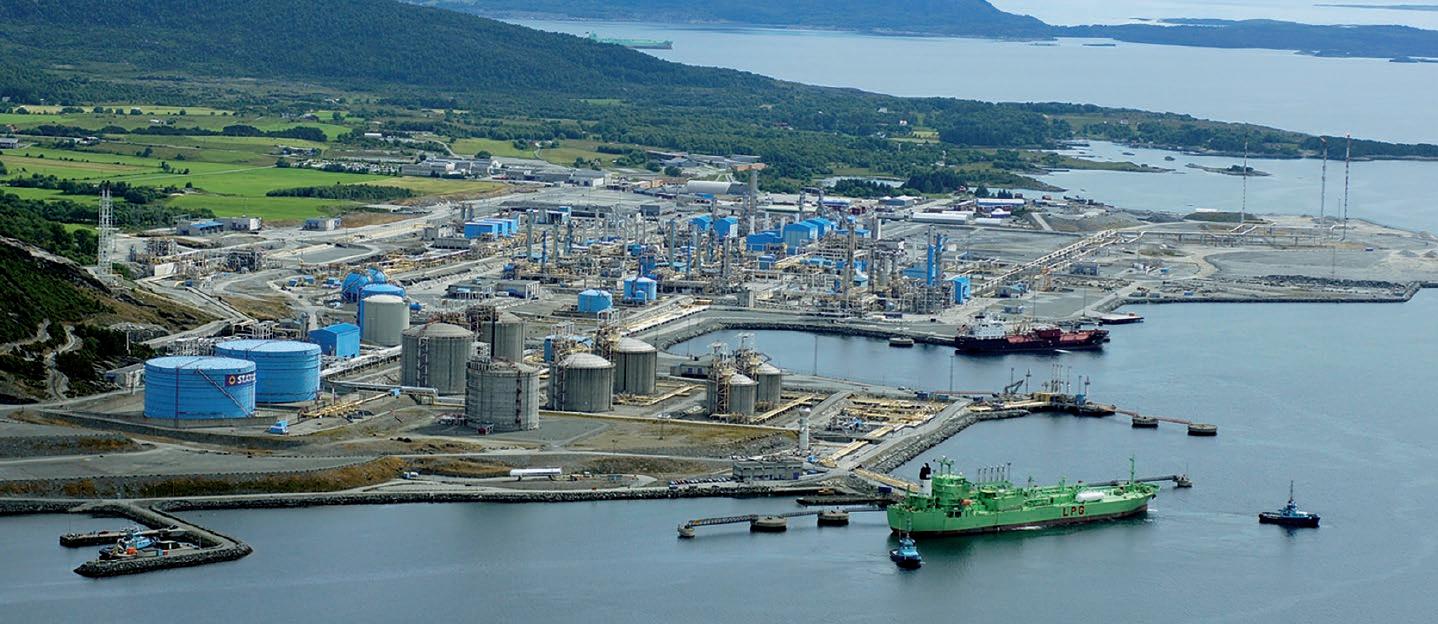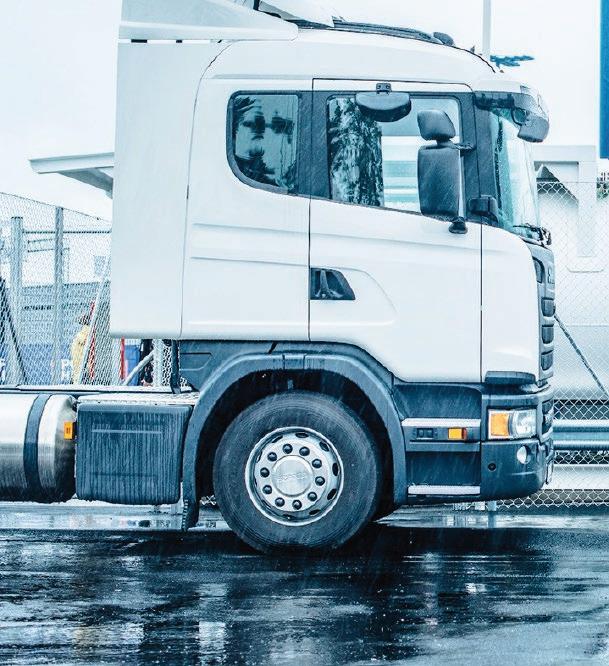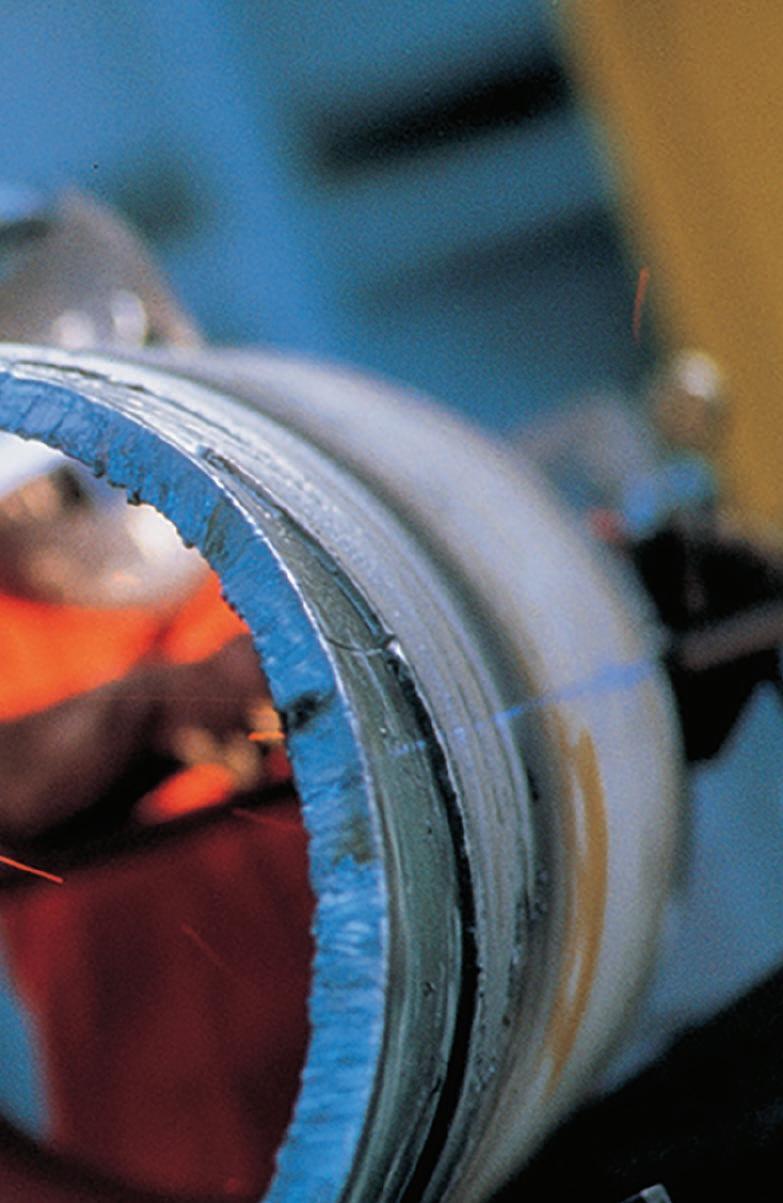






Gas Infrastructure Europe (GIE) is the European association of gas infrastructure operators, uniting 71 members operating a highly flexible critical energy infrastructure. GIE provides consumers and companies with affordable energy and advances Europe’s transition to an integrated energy system that ensures industrial competitiveness. Secretary General Lucie Boost answered questions for Inside Oil & Gas.
Congratulations on your new role. As an introduction for our readers, please share a summary of your background.
I have hands-on experience in many different roles. Most recently, I was the Head of Public Affairs for Europe at Air Products, leading a dedicated team focused on European and national energy affairs, particularly in key markets such as the UK, the Netherlands, Germany and Spain. Before joining Air Products in January 2023, I spent 13 years at Equinor, where I held various positions in natural gas sales, regulatory affairs and public affairs. At Equinor, I gained extensive experience in gas regulation, hydrogen and CCS.





I had the privilege of representing both companies in esteemed organisations such as Eurogas, the European Federation of Energy Traders, the International Association of Oil & Gas Producers, the Zero Emissions Platform, the European Industrial Gas Association, and Hydrogen Europe.
These different roles allowed me to build regulatory experience in hydrogen, the integrated energy market and CCUS, aligning perfectly with GIE’s strategic priorities.
Finally, I hold a Licence degree in Political Science and International Relations from the Vrije Universiteit Brussels and am proficient in Dutch, French and English.
It has been six years since the last GIE Q&A with Inside Oil & Gas. What have been the key developments in the association?
Since 2018, GIE has undergone significant transformation in response to the evolving energy landscape. Following the EU Green Deal and Europe’s ambitious decarbonisation goals, our members have expanded their focus beyond traditional natural gas infrastructure. While ensuring the Security of Natural Gas Supply remains a high priority – guaranteeing reliable transport, storage and import of natural gas to households and industries – there has been a marked shift towards embracing renewable and low-carbon gases.
In this new phase, our members are investing in both the repurposing of existing infrastructure for hydrogen and CO2 storage, and in innovative technologies to accommodate biomethane and synthetic methane. These developments reflect GIE’s broader

vision to support the integration of renewable and low-carbon gases into the energy system.
GIE’s role has evolved to advocate for multi-purpose infrastructure that serves both the transition to a decarbonised economy and the continued robustness of the energy system. This shift is pivotal as gas infrastructure is now recognised as an essential enabler of sector coupling and plays a key role in enhancing future energy resilience.
Today, our association supports the transformation of the energy system, ensuring that gas infrastructure remains a cornerstone in achieving Europe’s decarbonisation targets by 2050, while adapting to new market realities and regulatory frameworks necessary for this transition.
How has the growing pressure on Europe to decarbonise impacted GIE’s role in supporting the energy transition?
Where before the organisation was focused on natural gas import transport and storage facilities, through its three pillars GTE, GSE and GLE, we now have a much broader portfolio of energy infrastructure topics we deal with on a daily basis.
Together with members, we have developed a view on the potential of biomethane, a plug-and-play solution for renewable gases available immediately. Likewise, members also developed a vision on hydrogen infrastructure, the European Hydrogen Backbone, charting how H2 clusters would be (inter) connected, which pipelines could be re-used or must be replaced, and what quality could be transported.
CCUS is another topic we are following closely, which can be an additional solution in combating climate change.
GIE believes each solution has merit and must be examined in light of sector integration, as this will deliver the most cost-effective and reliable energy system.
Within this evolution of the European energy landscape, please outline how the GIE Innovation Lab is supporting members.
The GIE Innovation Lab is a platform that unites various projects from members focused on renewable and low-carbon gas infrastructure. It highlights initiatives that support the development of a European hydrogen economy. These projects are



crucial for achieving the EU’s climate targets, as infrastructure plays a vital role in enabling emerging markets, particularly in hydrogen; carbon capture, utilisation and storage (CCUS); and biomethane.
We encourage policy makers and stakeholders to engage with our platform and learn about the technological advancements in our sector.
How does GIE’s engagement with a broad range of community stakeholders contribute to building a sustainable future for Europe?
Regular engagement allows GIE to communicate its goals, progress and challenges openly, building credibility and trust. Engagement benefits both GIE and the wider community. First, by involving diverse stakeholders, GIE ensures that various perspectives and needs are considered. This
inclusivity creates more comprehensive and effective policies and solutions. Secondly, diverse input can lead to innovative ideas and solutions that might not emerge in a more homogeneous group, driving progress in sustainability efforts.
Continuous dialogue with stakeholders keeps GIE informed about emerging trends, challenges and opportunities. This adaptability is essential for developing resilient and sustainable infrastructure.
GIE co-hosted GRIDTech 2024. Do you have any examples of how such events help drive forward the industry?
Events like GRIDTech bring together policy makers, industry leaders and other stakeholders to discuss the future of our energy sector. Key regulatory aspects are discussed, and project developments are showcased, while current challenges
The energy revolution requires bold thinking, creativity and a deep understanding of emerging technologies " "

and hurdles are addressed to develop secure, sustainable and affordable energy business cases.
GIE co-hosted GRIDTech with Eurogas, plus technical support from ENTSOG, underlining how the sector moves ahead together. We stand ready to embrace the opportunities and challenges jointly as a sector, where we complement each other, and not compete with each other.
GIE’s campaign #GIENextGen highlighted energy leaders of the future. How important are projects like this?
At GIE, supporting the next generation of energy leaders is integral to our long-term vision for a sustainable, decarbonised energy future. The #GIENextGen campaign underscores the importance of youth leadership in the energy transition, and it’s a crucial step in ensuring that our
industry evolves with fresh perspectives and innovative ideas.
The energy revolution requires bold thinking, creativity and a deep understanding of emerging technologies – qualities that young people inherently bring to the table. Championing this campaign highlights


underscored the critical role that gas infrastructure will play in a decarbonised future. Supporting youth engagement ensures that we are investing in the leadership required to navigate the complex energy challenges ahead.
We are proud to showcase the next generation of energy professionals and their contributions to our industry’s future, and GIE remains dedicated to creating pathways for them to lead with confidence.
What are the biggest challenges facing the association?
We are indeed facing several important challenges. At the centre is climate change and how the infrastructure of our members can contribute to combating

global warming. How can the expertise, garnered by members over seven decades, contribute to sustainable development?
All the solutions on the table require energy integration. How we plan this as a society will be key. Every scenario for net-zero GHG emissions requires clean molecules and CCS to reach that target. This is where GIE and our members can deliver.
Short term, energy affordability and security of supply are vital to members. How can we safely deliver molecules to connected customers throughout the year? The gas system is delivering more and more flex to the electricity system, for example during the Dunkelflaute in November 2024, when demand peaked for dispatchable gas-fired power stations.


Please share with us your vision for the GIE’s future.
I believe GIE should be leading the transition to renewable energy sources like hydrogen, biomethane and CCUS, while optimising existing gas infrastructure to support these cleaner alternatives. Embracing cutting-edge technologies to improve efficiency, reduce emissions and enhance the safety and reliability of gas infrastructure is crucial.
Active participation in policy discussions to shape regulations that promote sustainability and innovation in the energy sector is essential. GIE advocates for policies supporting the transition to a low-carbon economy. Building resilient infrastructure that can withstand environmental challenges and adapt to changing energy demands
is important, along with ensuring that the benefits of sustainable energy transition are equitably distributed across society. This includes working towards reducing energy poverty and providing affordable access to clean energy.
Finally, partnering with international organisations and stakeholders to share knowledge, best practices and technologies is vital for addressing the complex challenges of energy transition. By focusing on these areas, GIE can play a pivotal role in shaping a sustainable and prosperous future for Europe.
What aspect of your job excites you personally?
I am excited by the incredible opportunity to contribute directly to one of the most pressing issues of our time: climate change. Being able to make a meaningful impact in this area is deeply fulfilling. Even more so, I do this alongside a great team and members who share my passion and commitment. n

